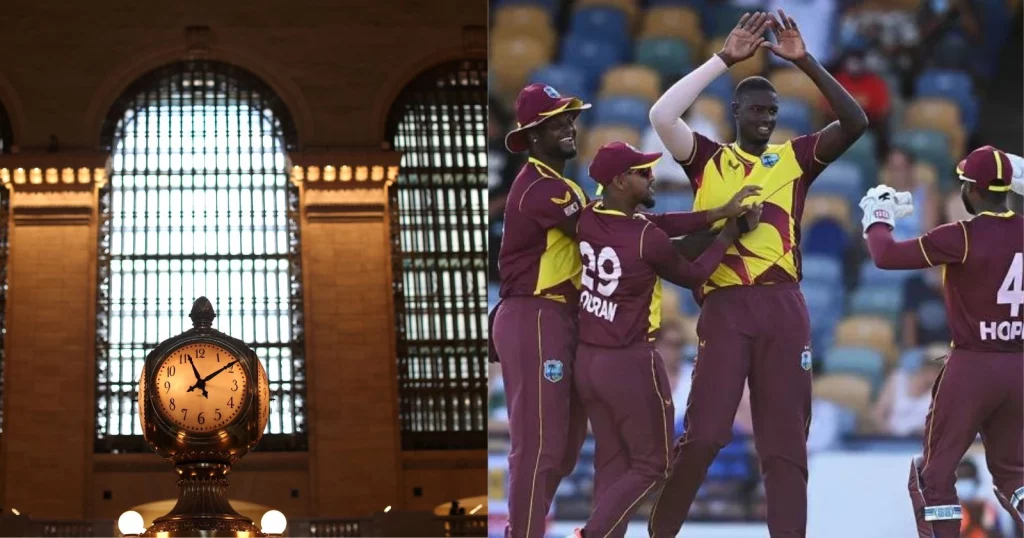The anticipation is intensifying as the cricketing world braces itself for a historic moment – the inaugural use of a stop clock in international cricket. Set to debut in the upcoming Twenty20 International series between England and the West Indies, this innovative move by the International Cricket Council (ICC) promises to reshape the dynamics of the game, adding a new layer of excitement and urgency.
In a pivotal meeting held in Ahmedabad, the ICC, the governing body of international cricket, took a groundbreaking decision to introduce a stop-clock to address concerns about time wastage during matches. The motive behind this decision is clear – to penalize the bowling side for any delays and, in turn, expedite the pace of the game.
As per the newly established rule, within sixty seconds of the conclusion of the last over, the fielding team must be poised to deliver the first ball of the subsequent over. This adherence to the stop-clock regulation aims to streamline the gameplay, ensuring a brisk flow of action on the field. To enforce discipline, the bowling side faces a stringent penalty of five runs for a third infraction, following two prior warnings for the same breach.
The stop-clock experiment is not a fleeting occurrence but a comprehensive trial. Over the span of approximately 59 men’s One-Day Internationals (ODIs) and Twenty20 Internationals (T20Is), taking place from December 2023 to April 2024, cricket fans worldwide will witness this innovation in action. It’s not merely an abstract idea but a tangible step towards enhancing the efficiency and excitement of the sport.
Here Are All That You Need To Know About The The New Stop-clock Rule
Apart from the in-game penalties mentioned above, teams will also face financial repercussions under the ICC’s rules for sluggish over-rates. This dual approach emphasises the gravity of maintaining a brisk pace on the field, combining both immediate consequences and monetary fines to incentivize teams to comply.
To prevent any ambiguity and ensure a smooth implementation, the stop-clock has found its place under sub-clause 41.9.4 of clause 41.9 of the updated Men’s ODI and T20I playing conditions. This strategic placement shows the ICC’s commitment to fostering fair play while addressing the concerns of time mismanagement on the cricket field.
Cricket, often criticized for its prolonged matches, is now taking a bold step to captivate the audience’s attention. The stop-clock injects an element of urgency, transforming the viewing experience into a dynamic and fast-paced spectacle. This move aligns with the modern era’s demand for shorter, more engaging sports events. For teams, adapting to the stop-clock era requires a strategic shift. The traditional tactics of time wasting to disrupt the rhythm of the opposition will now carry a significant risk. The penalty system ensures that teams maintain a disciplined approach, emphasizing skill, and efficiency over deliberate delays.

